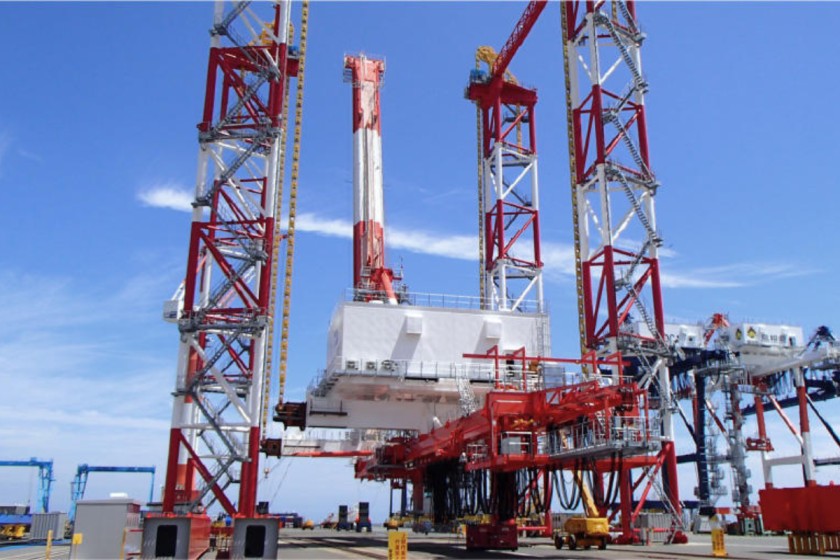- May 7, 2024
The perils of complacency: A warning from the breakdown nations

At a time when two big economies, the US and India, are attracting a lot of hype for their enduring strength, it is worth looking at nations that not too long ago were billed as star performers but are now breaking down. All are among the world’s 50 largest economies and, so far this decade, have suffered both a sharp decline in real per capita income growth, and a fall in their share of global gross domestic product.
Led by Canada, Chile, Germany, South Africa and Thailand, these “breakdown nations” carry a lesson. Growth is hard, sustaining it even harder, so the stars of today are not necessarily the stars of tomorrow.
Take Canada first. Widely admired for how it weathered the global financial crisis of 2008, it missed the boat when the world moved on, driven by big tech instead of commodities. Canada’s per capita GDP has been shrinking 0.4 per cent a year since 2020 — the worst rate for any developed economy in the top 50. New investment and job growth is being driven mainly by the government.
Private-sector action is confined largely to the property market, which does little for productivity and prosperity. Many young people can’t afford to buy in one of the world’s most expensive housing markets. Pressed to name a digital success, Canadians cite Shopify — but the online store is the only tech name among the country’s 10 largest companies, and its shares are trading at half their 2021 peak.
Then there’s Chile. Hailed in the 1990s as a model of deft, East-Asian style government in Latin America, its halo has since vanished. The country now makes headlines for political strife over its constitution. Anaemic tax collection has gutted public services, triggering violent street protests. Red tape has spread — the time required to get new investments approved doubled to nearly 20 months — chasing off investors.
As a result, manufacturing industries remain small compared with emerging world peers, including neighbouring Argentina. Mining products such as copper still account for most of its exports and billionaire wealth, making Chile look more like an old-fashioned commodity economy than an East Asian star.
No developed economy has seen a more dramatic turn for the worse than Germany. Its per capita income growth fell from 1.6 per cent in the past decade to less than zero in the past few years. During the pandemic Germany looked flush and flexible, poised to excel in the post-Covid world. Now it looks undone by its heavy dependence on exports to China and energy imports from Russia. Investment has contributed nothing to growth in recent years, industrial productivity is declining at a shocking annual pace of 5 per cent. Suddenly, the future of the Mittelstand — the network of manufacturers that has long been the engine of German growth — looks murky.
South Africa, meanwhile, was added to an acronym for big, fast-growing emerging markets led by Brazil, Russia, India and China back in 2010, when Bric became Brics. The largest economy in Africa, resource-rich South Africa was powered by a commodity boom that then went bust, exposing the country’s many faultlines.
The African National Congress has held power for 30 years yet presides over the same dogged set of failures: youth unemployment above 50 per cent, a shocking share of the population on welfare, weak investment, rolling power outages. While voters could oust the ANC next month, the malaise looks too deep to end soon. The IMF predicts negative per capita GDP growth over the next five years in only one top 50 economy: South Africa.
Finally, Thailand. A leader of the “Asian Tigers” before debts tripped them up in the crisis of 1998, it is now the runt of the lot, the only former Tiger to see its per capita GDP decline in this decade. It has one of the world’s highest inequality rates with 79 per cent of the poor living in rural areas. A running political battle between the rural poor and the Bangkok elite focuses public debate on how to distribute — not expand — the economic pie. Despite efforts to turn its location on global trade routes into a factory hub, productivity growth is stagnating and Thailand is losing out to manufacturing rivals like Vietnam.
The takeaway here is not that smart countries somehow turned stupid. It is that hidden traps line the path of development and can spring on nations at every income level from the middle to the rich. One basic mistake or miss, and any country can find itself stuck — until it finds the leadership and vision to chart a way out. For current stars, the message is a warning: don’t take growth for granted.
© The Financial Times Limited [2020]. All Rights Reserved.
FT and Financial Times are trademarks of the Financial Times Ltd. Not to be redistributed, copied or modified in any way.
